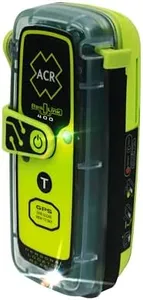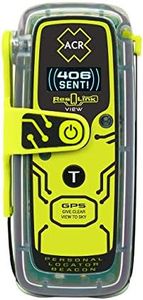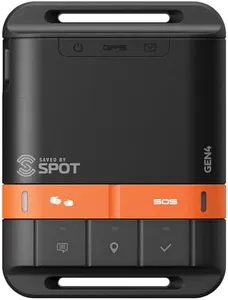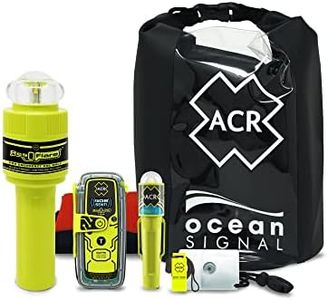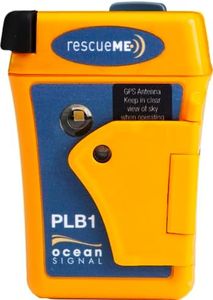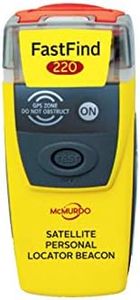We Use CookiesWe use cookies to enhance the security, performance,
functionality and for analytical and promotional activities. By continuing to browse this site you
are agreeing to our privacy policy
6 Best Personal Epirbs
From leading brands and best sellers available on the web.Buying Guide for the Best Personal Epirbs
Choosing a personal EPIRB (Emergency Position Indicating Radio Beacon) is an important decision for anyone involved in outdoor adventures, boating, or traveling to remote areas where help may be far away. A personal EPIRB is a safety device designed to send distress signals that help rescuers locate you during emergencies. When selecting a personal EPIRB, you'll want to understand the most important features and how they align with your activities and needs. Here’s a breakdown of the key aspects to keep in mind when comparing devices.Frequency and Signal TechnologyThis specification refers to the type of signal and frequency the EPIRB uses to transmit distress alerts. Most modern EPIRBs use 406 MHz, a frequency monitored globally by satellites, ensuring your signal is picked up almost anywhere in the world. Some older or supplementary models might use 121.5 MHz, typically used for local homing. For the best results, ensure your EPIRB uses 406 MHz, as it offers fast, reliable international response. Consider your usual locations—if you venture into very remote or open-water areas, global coverage provided by 406 MHz is essential.
Battery LifeBattery life in EPIRBs is measured by how long the device can transmit once activated (usually 24 to 48 hours) and how many years the battery can sit unused before replacement is required. The operational battery life is critical during an emergency—longer is better, as it increases your chances of being found. Shelf life, on the other hand, indicates how often you'll need to replace the battery for readiness. If your trips tend to last longer or you’re often in areas where rescue could be delayed, prioritize models with a longer operational and shelf battery life.
GPS IntegrationMany modern EPIRBs include built-in GPS, which provides precise coordinates to rescuers when a distress signal is sent. This dramatically reduces search time compared to older models without GPS, which only provide a general location. If speed of rescue is a priority or you frequent places with variable weather and risky situations, choosing a model with GPS is wise. Think about whether pinpoint accuracy is necessary for your activities—if so, look for built-in GPS.
Size and WeightEPIRBs come in different sizes, from compact wearable units to larger ship-mounted devices. Smaller, lighter models are more comfortable for personal carrying and less likely to be left behind, while bulkier models may offer additional features but are best for vessel installation. When choosing, consider how you’ll be carrying your EPIRB. For hikers, kayakers, or anyone with limited space, a compact model is usually better. If you’re on a larger boat, size may be less of a concern.
Activation MethodEPIRBs can usually be activated manually or automatically. Manual activation requires you to press a button, while automatic activation happens when the device is submerged in water. For most individuals, manual activation is sufficient and avoids accidental triggers. However, if you often operate solo or in rough waters, an automatic model provides peace of mind in case you’re incapacitated. Assess your risk level and typical environments to decide whether automatic activation is a needed feature.
Water Resistance and DurabilityAll EPIRBs are designed to withstand water, but robustness can vary. Water resistance is vital for marine and wet weather environments. Look for ratings indicating the EPIRB can handle full submersion and harsh conditions. If your activities expose you to frequent splashing, rain, or potential drops, choose a rugged, waterproof option. Land-based explorers may focus slightly less on water ratings, but durability overall is still key.
